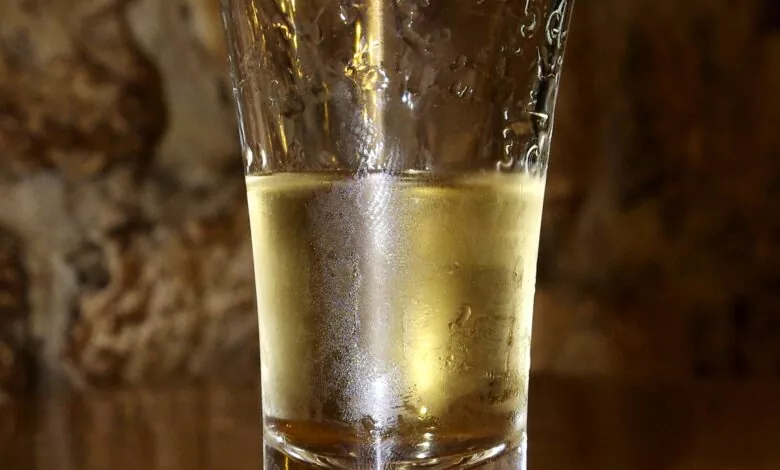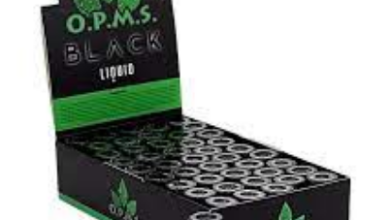The History and Origins of Palinka

Palinka is a fruit spirit with origins in Hungary and Eastern Europe. It is now known by many different names, and its invention dates back to the Middle Ages. The following article will discuss the history and origins of this Hungarian traditional spirit. Next, we’ll explore some of the many cocktails made with it. To get started, here are some of the most popular recipes. The recipe below contains ingredients found in one or two traditional Hungarian drinks.
Hungarian traditional fruit brandy
Hungary is famous for its wines, but it is the traditional fruit brandy Palinka that stole the spotlight from other spirits in the 1800s. First recorded in 1330s, the Hungarian drink is called Aqua vitae reginae Hungariae and was a favorite drink of King Charles I of Hungary and his wife. Although the alcohol content is low, it has many health benefits. It aids digestion and warms the blood, and the drink does not leave a hangover.
The law states that palinka cannot be rectified higher than 86% ABV, but it must be bottled with at least 37.5% alcohol by volume. Palinka is traditionally made from the mash of ripe fruit, and the addition of non-concentrated fruit juice is not prohibited. In addition, fruit pulp and dry fruits may be used in the aging process. However, if you are a purist and know the ins and outs of it, you will feel more confident in your purchasing decisions.
The traditional process of producing palinka can take weeks. First, the fruits are collected and blended in barrels. Sugar and water are added if necessary. The mixture is then allowed to ferment for four to seven weeks. Daily stirring is performed to ensure the correct mixing of the flavors. When the fermented fruit is strained, it will have a clear taste. Palinka is not suitable for drinking if you are pregnant or nursing. If you drink a small amount of palinka, it can easily topple a horse.
The Hungarian traditional fruit brandy Palinká is not a drink to be drunk for the sole purpose of partying. Instead, it has its place as an integral part of the eating and drinking culture. It is usually consumed as an aperitif, strengthening your appetite before meals. Moreover, it can also be enjoyed as a shot. However, drinking too much can be harmful to your health.
In the past, home distillers created the first batches of Palinká. At the time, Palinká was called “fire water” or “moonshine.” After a century of evolution, it was called Palinká history and has been known as Tuica in some parts of the country. It has even earned the title of “champagne of Hungary” in some circles. In the United States, it is the most popular type of Hungarian traditional fruit brandy.
Origin
The production of palinka in Hungary started in the middle of the 18th century. While records do not indicate exactly when the first batch was brewed, palinka distilleries grew during this period. By the late 1800s, palinka occupied a significant segment of the domestic market. Today, Palinka is popular with people of all ages, and it is one of the world’s most popular alcoholic beverages.
The traditional method of making palinka history involves mashing ripe fruit. In the absence of any regulations that prohibit the use of non-concentrated fruit juice, fruit pulp can be used. Dried fruit is not permitted, but may be added to the mash during the aging process. Palinka is an important part of Hungarian culture. However, there are some differences between the many different varieties. The following is a brief description of the various types of it.
Hungarian law protects the name palinka. Producers outside of Hungary are not allowed to use the name, but similar fruit brandies can be sold under other names. A traditional palinka recipe contains sweet orchard fruit and is best served at room temperature. It should not be served cold as this can diminish its flavor. It is served in tulip glasses. It can be drunk before or after a meal, but some people prefer to drink it after a meal.
The origin of palinka is unclear, but there are several historical accounts of it. Among these is a 300-year history of palinka distillery in Gyula. Karoly Robert, a local, was the first to make palinka in Hungary. The drink was considered miraculous by the locals and later branded as “water of life.”
The process of making palinka takes weeks. The fruit is collected in barrels and mixed with sugar. Certain fruits may also be added water. The mixture is left in the barrels for four to seven weeks while daily stirring ensures proper mixing of flavors. The fruit eventually sinks to the bottom of the barrel, producing a clear and fruity taste. Palinka is a traditional drink that is loved by many people across the globe.
Ageing process
The ageing process of Palinka is the process by which it gets the fruity taste it’s known for. Typically, palinka is aged in wood barrels, but it can also be aged in steel tanks. It matures very well in steel tanks, and it is advisable to stir the liquor throughout this process. Wood adds flavour and color, and wood can even cancel out the fruity flavor.
Traditional Palinka is made by mashing ripe fruit, and the alcohol content is not higher than 86%. Fruit pulps can be added to the mixture, and the law explicitly allows the addition of non-concentrated fruit juice. Dried fruit is not allowed in the mash, but may be used for the ageing process. During the aging process, the fruit is left to sit on the bedding for several months.
The process of palinka distillation began in the 14th century. The first distillery was located in Gonc, where peasants distilled palinka using copper cauldrons. By the 17th century, the drink was declared an official drink, and it was categorized as a Hungaricum by the EU. Palinka has at least 37.5% alcohol. To increase the alcohol level, it has to be aged in oak barrels.
In addition to the ageing process, palinka is also subject to a number of other factors. Its aroma is naturally present in the fruit, and the alcohol content is lower than that of grapes. In addition, it can become slightly sour if diluted with water. After maturation, palinka must undergo multiple stages of filtration. It must cool for 48 hours before micro-filtration. If the palinka reaches the correct alcohol level, it is considered mature.
The ageing process of palinka is an important part of determining how it tastes. It can be made using any fruit grown in Hungary, but it is recommended that you look for palinka that is at least 40 percent alcohol. The alcohol content is important, as it must be high enough to be able to stand on its own. If the fruit doesn’t stand on its own, the wine is not mature enough and is too harsh.
Cocktails made with palinka
Almost all palinka is drunk neat. But modern-day mixologists are adding palinka to classic drinks. In Prince Eddy’s day, palinka was drunk straight. However, many modern-day cocktail creators have begun mixing palinka with other spirits and mixers. Palinka mixed drinks are usually novelty drinks. Try out some of these tasty recipes! And don’t forget to drink responsibly.
The traditional Palinka is a fruity, aromatic beverage that can be mixed with other drinks. It has a long and proud history in Hungary. Its popularity has prompted the creation of cocktail competitions. The first Hungarian Palinka Cocktail Competition was held in Budapest in December 2009.
Historically, palinka was a common beverage for peasants but grew in popularity with the rise of the Austro-Hungarian empire. Palinka factories began to roar into existence during the late 19th century. Before World War II, Prince Edward of Wales raved about peach palinka during a visit to Budapest. Today, peach palinka is used in the famous puszta cocktail, a traditional drink in Hungary.
In Visegrad, you can visit the Palinka Museum. Its two-level building features 10 different varieties of palinka. The museum contains an interactive tour of the history and production of palinka, as well as a bar that serves the drink. After exploring the museum, you can enjoy a palinka-infused wander through medieval palaces. If you’re a fan of the drink, check out some of the top-rated palinka brands.
For more valuable information visit the website



